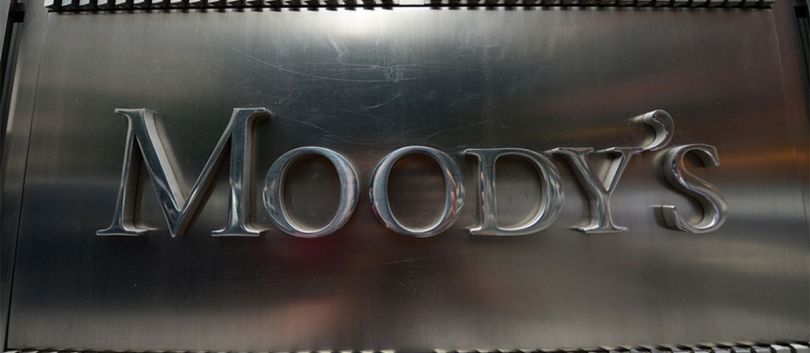NEW DELHI: Global credit ratings agency Moody’s Investors Services on Monday downgraded India’s sovereign ratings as it sees challenges piled up on the country’s policymaking institutions to mitigate the risks of a sustained period of relatively low growth.
Besides, Moody’s said the Covid-19 pandemic amplifies vulnerabilities in India’s credit profile such as slower growth relative to the country’s potential, rising debt and further weakening of debt affordability and persistent stress in parts of the financial system.
Consequently, Moody’s downgraded India’s foreign-currency and local-currency long-term issuer ratings to Baa3 from Baa2. It also downgraded India’s local-currency senior unsecured rating to Baa3 from Baa2, and its short-term local-currency rating to P-3 from P-2.
Furthermore, it kept the outlook as negative. Currently, the sovereign rating assigned to India is Baa2 with a negative outlook. The ratings agency also lowered India’s long-term foreign-currency bond and bank deposit ceilings to “Baa2 and Baa3, from Baa1 and Baa2”, respectively.
“The short-term foreign-currency bond ceiling remains unchanged at Prime-2, and the short-term foreign-currency bank deposit ceiling was lowered to Prime-3 from Prime-2. The long- term local currency bond and bank deposit ceilings were lowered to A2 from A1,” Moody’s said.
The ratings downgrade assumes significance since it will hamper the government’s borrowing foreign programme and make the country less attractive for investment purposes.
According to Moody’s, India faces a prolonged period of slower growth relative to the country’s potential, rising debt, further weakening of debt affordability and persistent stress in parts of the financial system, all of which the country’s policymaking institutions will be challenged to mitigate and contain.
“The decision to downgrade India’s ratings reflects Moody’s view that the country’s policymaking institutions will be challenged in enacting and implementing policies which effectively mitigate the risks of a sustained period of relatively low growth, significant further deterioration in the general government fiscal position and stress in the financial sector,” Moody’s said.
“The negative outlook reflects dominant, mutually-reinforcing, downside risks from deeper stresses in the economy and financial system that could lead to a more severe and prolonged erosion in fiscal strength than Moody’s currently projects,” it added.
Moody’s had upgraded India’s ratings to Baa2 in November 2017 which was based on the expectation that effective implementation of key reforms would strengthen the sovereign’s credit profile through a gradual but persistent improvement in economic, institutional and fiscal strength.
“Since then, implementation of these reforms has been relatively weak and has not resulted in material credit improvements, indicating limited policy effectiveness,” the investors services said.
“While today’s action is taken in the context of the coronavirus pandemic, it was not driven by the impact of the pandemic. Rather, the pandemic amplifies vulnerabilities in India’s credit profile that were present and building prior to the shock, and which motivated the assignment of a negative outlook last year.”
As per Moody’s assetment, a slow reform momentum and constrained policy effectiveness have also contributed to a prolonged period of slow growth, compared to India’s potential, that started before the pandemic and that Moody’s expects will continue well beyond it.
“Real GDP growth has declined from a high of 8.3 per cent in fiscal 2016 (ending March 2017) to 4.2 percent in fiscal 2019,” the investors services said.
“Moody’s expects India’s real GDP to contract by 4 per cent in fiscal 2020 due to the shock from the coronavirus pandemic and related lockdown measures, followed by 8.7 per cent growth in fiscal 2021 and closer to 6 per cent thereafter.”






